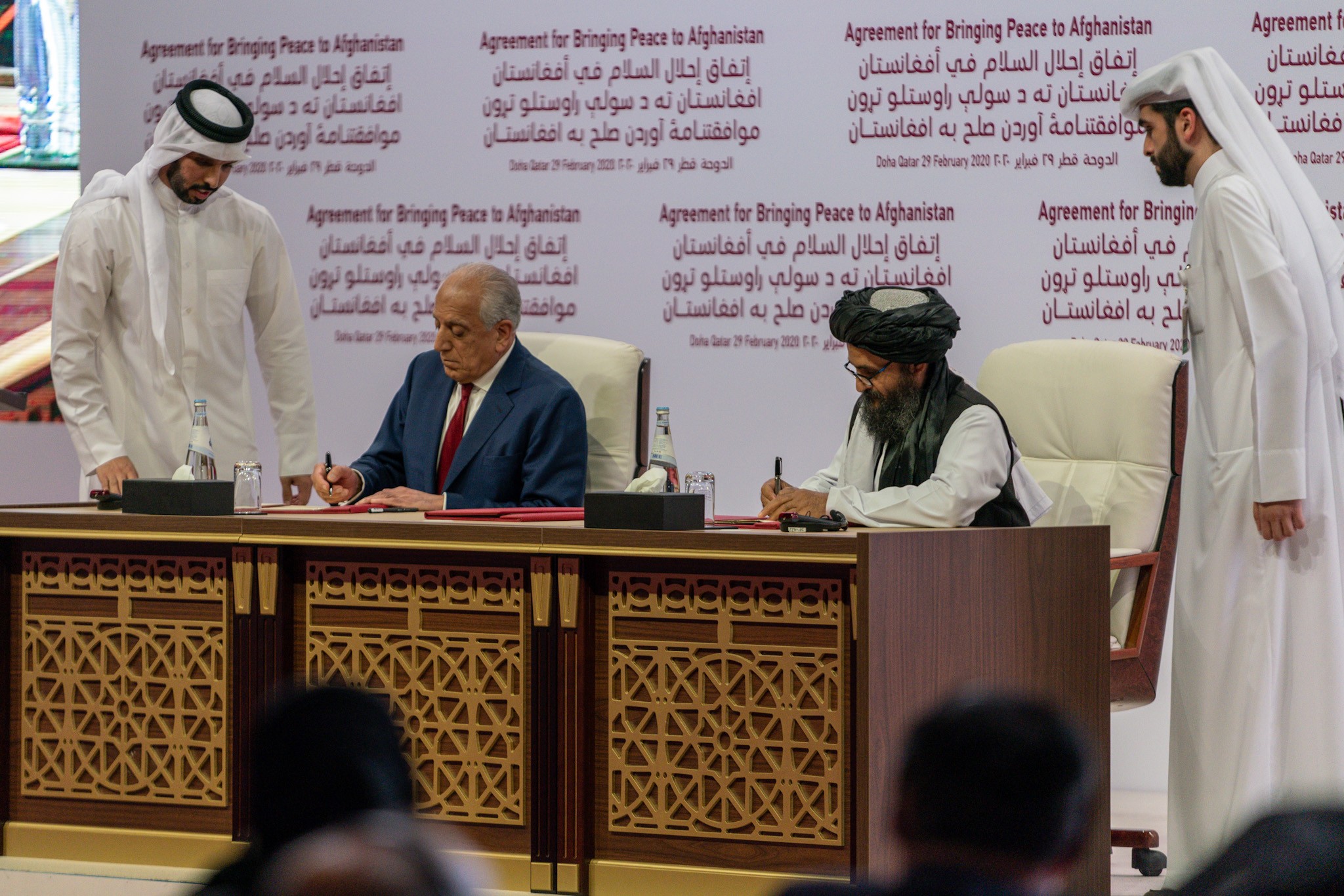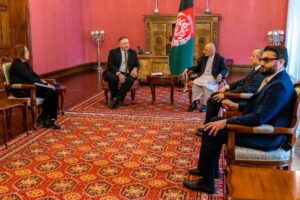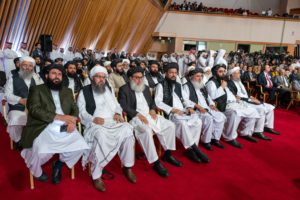 CC Image Courtesy of the U.S. Department of State
CC Image Courtesy of the U.S. Department of State
Talks with the Taliban
On June 8th, the Taliban announced it is preparing to begin negotiations with the Afghan government, which it has refused to do until now. Intra-Afghan dialogue is one of multiple conditions of the U.S.-Taliban peace negotiations that must be met before all American and ally forces vacate the country. The most recent talks began in late-February, and after 18 years of consistent conflict, the agreement has accelerated the removal of U.S. and NATO troops from Afghanistan. Although initial events signaled cause for optimism, recent developments may hinder the agreement.
Recent Developments
Prisoner Exchange
On May 26th, the Afghan government released 900 Taliban prisoners as part of a prisoner exchange. The swap occurred during a Taliban-proposed three-day ceasefire during Eid al-Fitr, the Muslim holiday marking the end of Ramadan. To date, the Taliban has released 347 captives, while the Afghan government has freed 2,000 Taliban militants. The peace deal calls for the eventual release of 5,000 Taliban prisoners and 1,000 Afghan government personnel. The prisoner exchange offers potential for the reduction of violence and the beginning of intra-Afghan negotiations.

U.S. Secretary of State Michael R. Pompeo meets with Afghan President Ashraf Ghani at the U.S. Embassy in Kabul, Afghanistan on March 23, 2020. Source: U.S. Department of State.
Intra-Afghan Negotiations
To help facilitate U.S. troop withdrawal, the Trump administration has advocated for intra-Afghan peace talks. However, negotiations between the Afghan government and the Taliban have repeatedly been postponed as the prisoner exchange “has not been fully implemented.” Other issues that challenge the intra-Afghan talks include increases in violence and domestic political problems that arose from the 2019 Afghan presidential election. Intra-Afghan negotiations will prove challenging as the Taliban is not adhering to specific requirements agreed to during the February peace signing.
Violence
The Taliban appears to be using the peace deal for greater “political leverage and access to some [United Nations] Member States and international media, while they [are] simultaneously carrying out increased levels of attacks.” The Taliban promised to stop attacking America’s interests but continue attacks on Afghan forces. Since the signing in late February, the Taliban has been accused of engaging in hundreds of attacks in the country. A recent series of attacks prompted the U.S. to conduct airstrikes against Taliban checkpoints as recently as last week.

Taliban representatives at the February 29, 2020 peace signing. Source: U.S. Department of State.
Reshaping its Image?
In recent months, the Taliban has undertaken steps to reshape its image. As part of the February agreement, the Taliban agreed to not allow longtime partner al-Qaeda to utilize its territories. However, a new report from the United Nations Security Council (UNSC) states the Taliban has not broken ties with al-Qaeda. While denying relations with other extremist organizations, the Taliban has been reluctant to disengage from al-Qaeda publicly. The UNSC report specifies the Taliban is increasingly employing the Haqqani Network to remain close with al-Qaeda. The U.S. special envoy for Afghanistan, Zalmay Khalilzad, suggests there has been progress of the two groups separating. However, this is difficult to envision considering al-Qaeda released a statement citing the Taliban’s peace deal as a “great victory” against the U.S.
The Taliban has also made strategic use of the coronavirus crisis to help improve its profile. Efforts to raise public awareness about the virus and cooperation with international organizations such as the World Health Organization have demonstrated the Taliban is attempting to illustrate its efforts against the virus. The group has used these endeavors to bolster its propaganda in “videos and messages released in multiple languages.” However, the group’s strategy for combating COVID-19 doesn’t appear to have worked well as many of its leaders have contracted the disease.
What’s Next
Initially designed to bring American troops home and signal a new era of peace in Afghanistan, it is worth remembering who the U.S. made this deal with. Current estimates place the number of Taliban militants between 55,000 and 80,000 fighters. The Taliban currently “controls more territory than at any time since the U.S-led invasion in 2001,” and is likely to have been emboldened by negotiations. Since the peace deal was signed, it is estimated there have been over “3,800 attacks, which killed 420 civilians and wounded 906.”
As the U.S. attempts to reduce its troop presence to zero by May 2021, it must be stressed that the agreed-upon conditions must be met before entirely withdrawing. The Taliban must not allow other extremist organizations to utilize Afghan soil to plan, conduct, or assist in attacks against America and its allies. The Taliban must commit to and attempt to create a permanent ceasefire with the Afghan government. So far, it does not appear that the Taliban is fulfilling its end of the deal.





